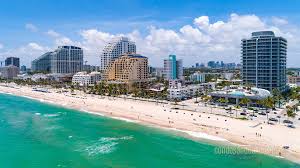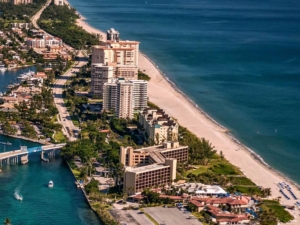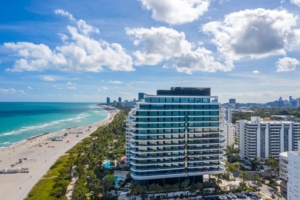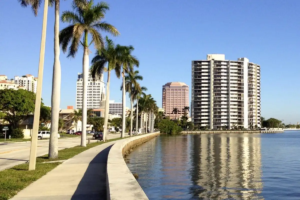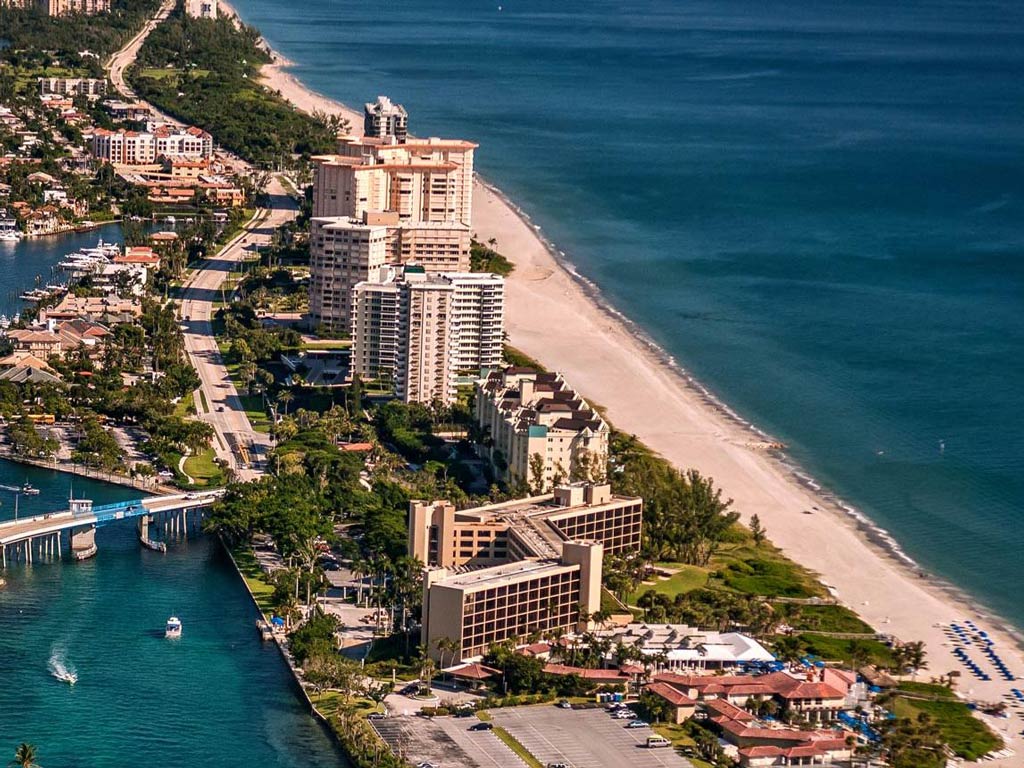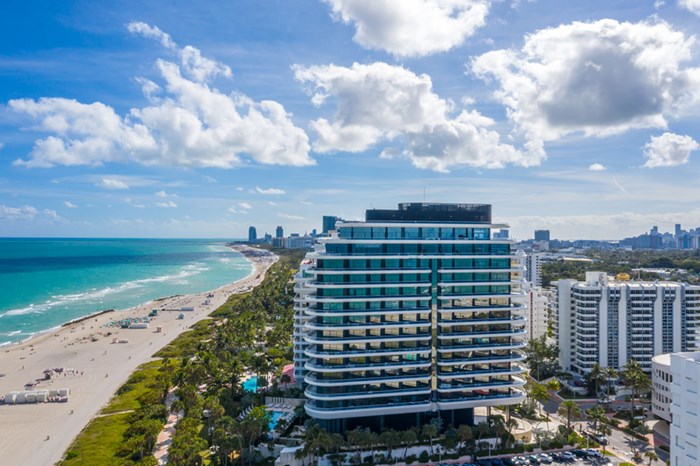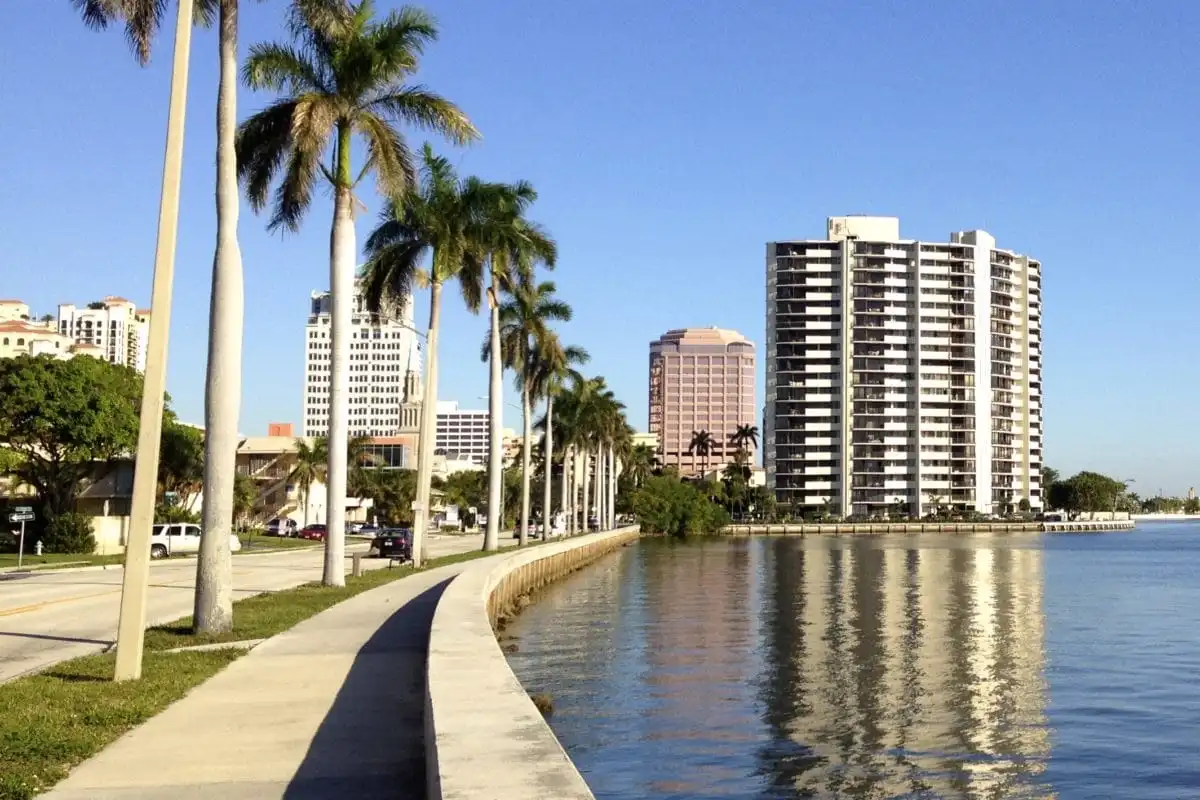Miami's Live Local Act Sparks Unprecedented Affordable Housing Development Wave
Miami's real estate landscape is experiencing a transformative shift as developers increasingly leverage Florida's Live Local Act to create affordable and workforce housing solutions. The latest milestone comes with the approval of a substantial 328-unit residential tower in the coveted Edgewater neighborhood, signaling a new era of inclusive urban development.
Edgewater's Game-Changing 36-Story Development Project
The Miami Urban Development Review Board has officially greenlit an ambitious residential project that exemplifies the power of Florida's groundbreaking Live Local Act. Developer Gonzalo Espinosa, who strategically acquired the development site in 2023, received unanimous approval for his 36-story Sense 22 apartment complex during Wednesday's board meeting.
Located on a carefully assembled 0.7-acre parcel spanning 114, 124, 128, and 138 Northeast 22nd Street, this development represents more than just another luxury tower. The project demonstrates how innovative housing legislation can create opportunities for both market-rate and affordable housing within Miami's increasingly expensive real estate market.
Board member Francisco Perez-Azua praised the architectural design during the approval process, noting the developer's commitment to creating an attractive product that serves the community's diverse housing needs. The tower, designed by the acclaimed firm Anillo. Toledo. Lopez, will feature a thoughtful mix of one- and two-bedroom apartments.
Espinosa's $8 million investment in 2023 for the four-lot assemblage included acquiring a two-story single-family residence and three existing two-story apartment buildings containing a combined total of 10 residential units. This strategic land acquisition demonstrates the developer's long-term vision for maximizing the site's potential under the Live Local Act framework.
Understanding Florida's Revolutionary Live Local Act Framework
Florida's Live Local Act, initially approved in 2023 and subsequently refined through legislative updates, has emerged as one of the most significant affordable housing initiatives in recent state history. This comprehensive legislation addresses the critical shortage of workforce and affordable housing by providing substantial incentives to developers who include below-market rental units in their projects.
The law mandates that participating developments dedicate at least 40 percent of their total units to households earning no more than 120 percent of the area median income (AMI). For Miami-Dade County, where the annual AMI stands at $87,200 according to the Florida Housing Finance Corporation, this translates to meaningful housing opportunities for working families.
The income thresholds create realistic housing options for various household sizes: single-person households can qualify with annual incomes up to $104,160, two-person households can earn up to $118,920, and three-person households remain eligible with incomes up to $133,800. These figures reflect the law's intent to serve the essential workforce that keeps Miami's economy functioning.
In exchange for meeting these affordability requirements, developers receive unprecedented benefits including height and density bonuses that can dramatically increase project profitability. Additionally, participating developments qualify for substantial property tax exemptions, creating long-term financial advantages that help offset the reduced rental income from affordable units.
Strategic Development Decisions and Market Impact
Espinosa's approach to the Sense 22 project illustrates the flexibility built into the Live Local Act framework. While the legislation would permit construction of an 80-story tower based on the maximum allowable height within a one-mile radius, the developer chose a more modest 36-story design that better integrates with the neighborhood's character while still maximizing the project's economic viability.
This strategic decision reflects a broader trend among Miami developers who are balancing profit potential with community integration and long-term market sustainability. The 328-unit project will include at least 131 apartments designated for affordable or workforce housing, exceeding the minimum requirements and demonstrating the developer's commitment to addressing Miami's housing crisis.
The Edgewater location provides residents with exceptional access to Miami's cultural and economic centers while maintaining the neighborhood's distinctive waterfront character. This positioning makes the development particularly attractive to young professionals and families seeking affordable housing options without sacrificing urban amenities.
Comprehensive Regional Development Surge
The Sense 22 approval represents just one component of a much larger development wave sweeping across South Florida. Developers throughout the region have embraced the Live Local Act as a pathway to creating economically viable projects that address critical housing needs.
In the same Edgewater neighborhood, a development partnership including Karl-Ulrich Ansorg, Yakov Elbaz, Ofir Gabriel, and Amit Kort through their Tulip Development Group has dramatically expanded their original project scope. Their planned 44-story, 172-unit condominium tower at 3350 Biscayne Boulevard has been transformed into a 47-story, 499-unit rental development utilizing Live Local Act benefits. The group listed their development site for $32 million in February, reflecting the increased value created by the expanded development rights.
South Miami-Dade has witnessed equally impressive projects, with David Martin's Terra converting their planned South Dade Government Center redevelopment into a massive 724-unit Live Local Act project. Located at 10710, 10750, and 10800 Southwest 211th Street in Cutler Bay, this development will significantly increase affordable housing options in an area previously dominated by single-family residential development.
The influential Pérez family's Related Group has submitted multiple Live Local Act applications across Miami-Dade County, including an ambitious proposal to transform the historic Haley Sofge public housing complex in Little Havana. Their 1,038-unit project at 800 Northwest 13th Avenue, 780 Northwest 13th Court, and 1389 Northwest Seventh Street would create one of the largest affordable housing developments in Miami's history.
Additionally, Keystone Holdings Group has proposed an 18-story, 477-unit development in Miami-Dade's Fontainebleau neighborhood at 190 Northwest 79th Avenue, further demonstrating the geographic diversity of Live Local Act projects throughout the county.
Economic and Social Implications for Miami's Future
The proliferation of Live Local Act developments represents more than a temporary construction boom; it signals a fundamental shift in how Miami approaches urban development and affordable housing creation. These projects are creating thousands of new housing units specifically designed to serve the workforce that powers Miami's tourism, hospitality, healthcare, and service industries.
The economic impact extends beyond housing creation to include construction jobs, permanent employment opportunities, and increased tax revenue for local municipalities. The property tax exemptions provided to developers are typically structured to phase out over time, ensuring that communities eventually benefit from the full tax potential of these developments while initially encouraging their construction.
From a social perspective, these mixed-income developments help prevent the displacement of working families while maintaining economic diversity in neighborhoods experiencing rapid gentrification. By integrating affordable units within market-rate developments, the Live Local Act helps avoid the concentration of poverty that has historically characterized public housing initiatives.
Insights
How does the Live Local Act benefit developers financially?
The Live Local Act provides developers with significant financial incentives including height and density bonuses that can increase the number of units in a project, property tax exemptions that reduce long-term operating costs, and streamlined approval processes that reduce development timelines and associated carrying costs.
What income levels qualify for Live Local Act affordable housing units?
Households earning up to 120% of the area median income qualify for affordable units. In Miami-Dade County, this means annual incomes up to $104,160 for single-person households, $118,920 for two-person households, and $133,800 for three-person households.
How many affordable units must be included in Live Local Act projects?
The law requires that at least 40% of all units in a development must be designated as affordable or workforce housing, ensuring a substantial portion of each project serves moderate-income residents.
Can developers choose not to maximize their height allowances under the Live Local Act?
Yes, developers have flexibility in their design decisions. While the law permits building up to the maximum height allowed within a one-mile radius, developers can choose more modest heights that better fit their vision and community context.
What areas of Miami are seeing the most Live Local Act development activity?
Development activity is concentrated in several key areas including Edgewater, Little Havana, Cutler Bay, and Fontainebleau, with projects ranging from 328 units to over 1,000 units in size.
How long do the property tax exemptions last for Live Local Act developments?
Property tax exemptions are typically structured to phase out over time, allowing municipalities to eventually capture full tax revenue while initially encouraging development through reduced carrying costs during the crucial early years of operation.

